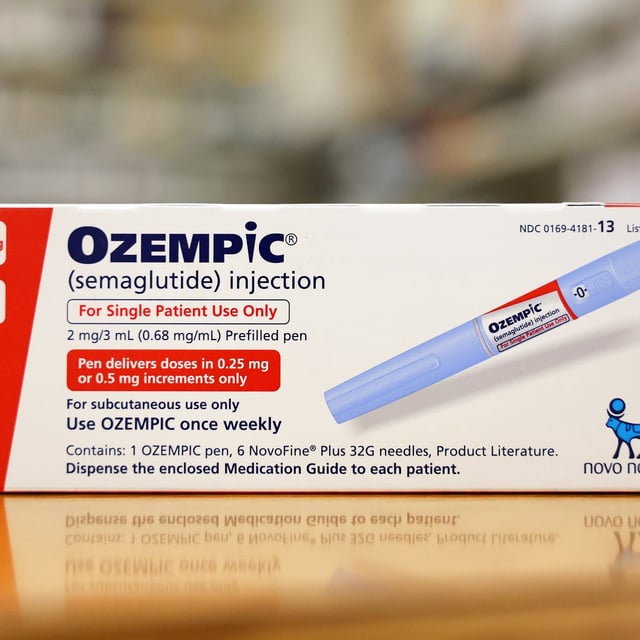Overview
- Over 20% of patients stopped GLP-1 treatment within three months and 32% discontinued between three and twelve months, undermining weight-loss outcomes.
- Patients who remained on therapy lost 11.9% of body weight after one year, compared with 3.6% among early discontinuers and 6.8% among those who stopped later.
- High maintenance doses increased efficacy, with semaglutide users losing up to 13.7% of body weight and tirzepatide users up to 18%, and tirzepatide delivering stronger results at equivalent doses.
- Continued GLP-1 therapy normalized blood sugar in 67.9% of prediabetic patients, significantly higher than the 33% rate observed among those who discontinued early.
- Tufts University researchers have engineered a unimolecular tetra-receptor agonist targeting GLP-1, GIP, glucagon and PYY to potentially improve adherence and amplify weight-loss effects in clinical use.



